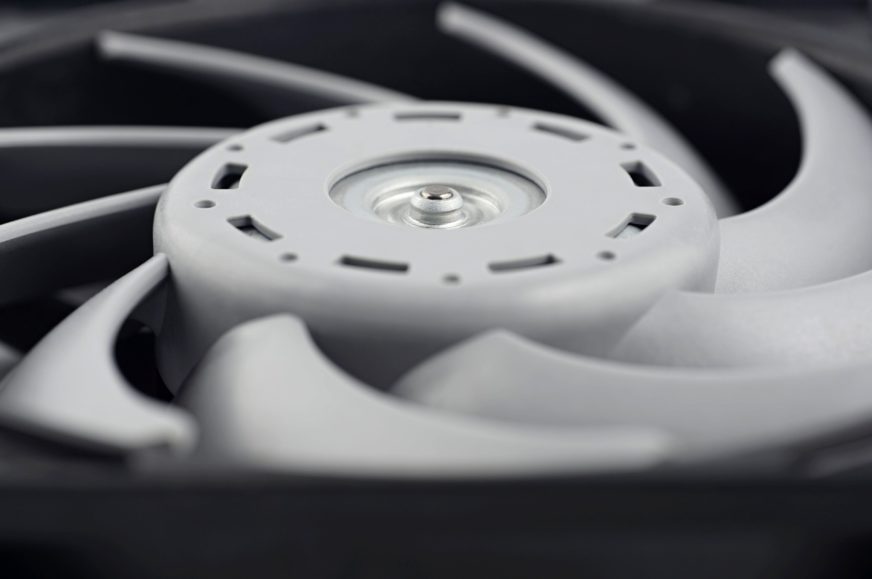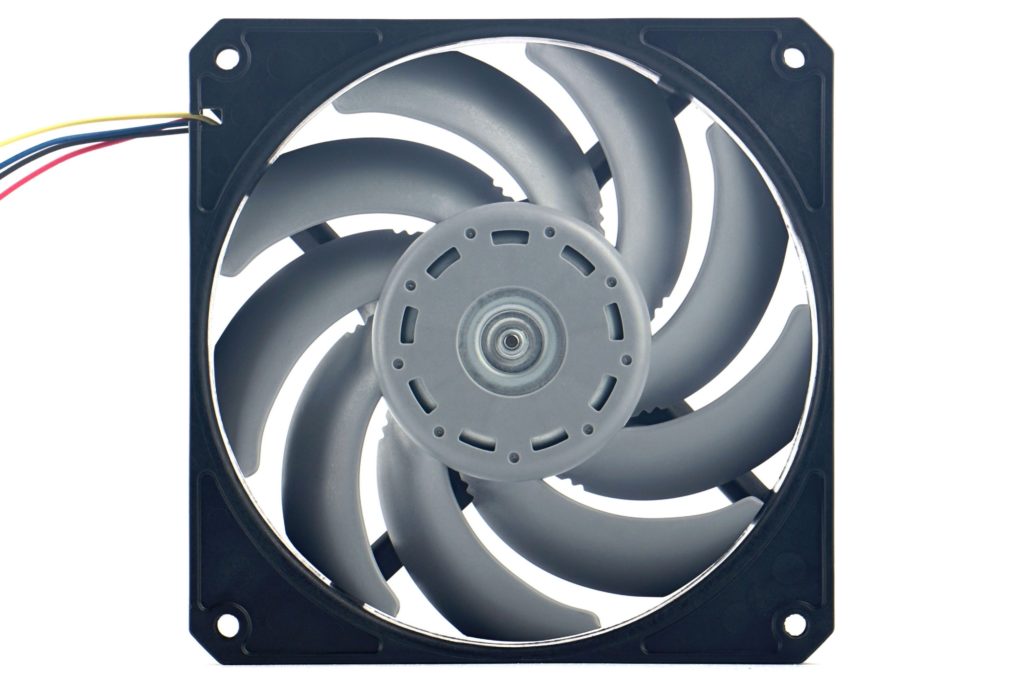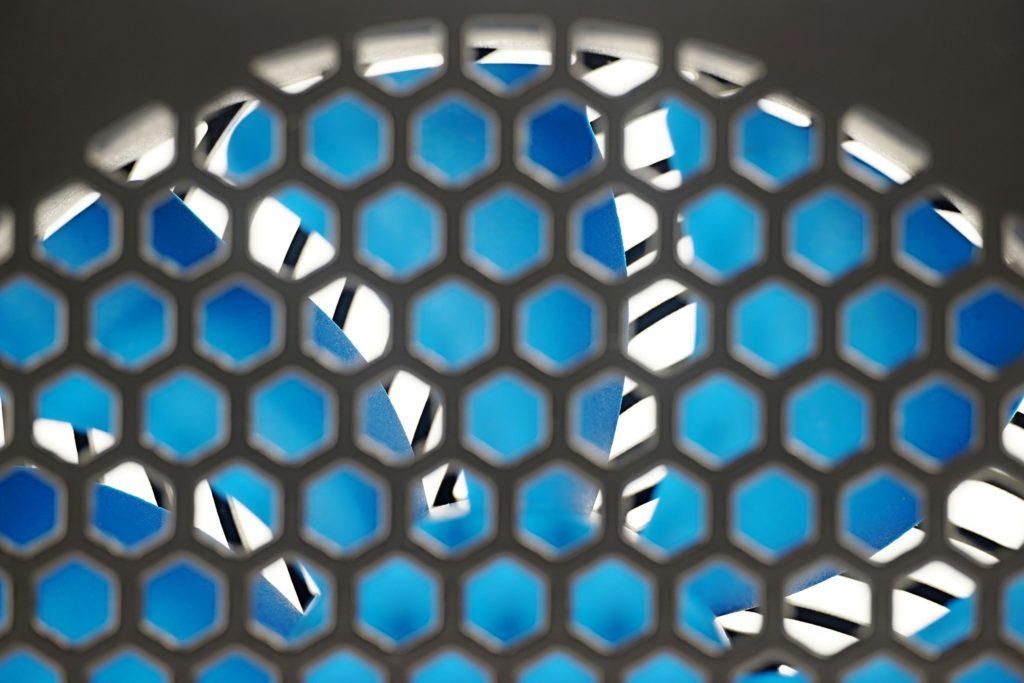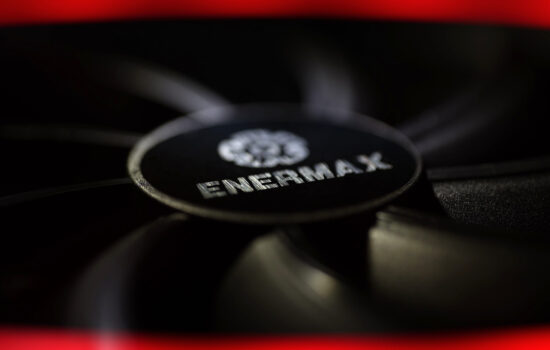About Gentle Typhoon (D1225C) fan vibration
We come to the analysis of a fan that even if it dates back to cooling prehistory, many manufacturers are only now discovering the aerodynamic qualities of its design. Although the Gentle Typhoon is a great inspiration to many manufacturers (including Noctua), it does have one weakness. And a rather fundamental one. It is very high, excessive vibrations, which we will unusually devote a separate test to.
This article precedes the complete Gentle Typhoon fan (D1225C12B6ZPAA6) tests. It will be in exactly the form you know. Before we get into the analysis of all the features, we will now break down how tremendously this fan vibrates. Although you would have learned this with standard tests, we feel it is important to highlight this topic better and give it even more space than usual in the text.
The vibration is what makes the Gentle Typhoon an extremely controversial fan. We don’t want to delve into performance stuff here (but you can probably guess that the GT is definitely not old garbage in that regard), but if there’s one thing this fan is literally terrible at, it’s just how insanely it vibrates.
We don’t like to use strong words, but here they fit perfectly. We’ve had complaints about the high vibration on several fans, but those are “nothing” compared to the Gentle Typhoon’s vibration. Even at lower speeds, in “42 dBA” mode, it dances 7 times faster than the fan with the second-highest vibration (SilentiumPC Sigma Pro Corona RGB 120).
There are probably more reasons why Gentle Typhoon is so “shaky”. Starting from the mechanical effects of the motor (which, by the way, is 4-pole as in most fans) through the lower stability of the rotor fit to the vibrations caused by the undulations of the blades. These are admittedly quite thick blades, but they then exert all the more force at critical speeds with significant resonant frequencies of sound. The Gentle Typhoon is not one of those fans that are made of LCP (i.e. the strongest material used for computer fan rotors), but of a composite of PBT, ABS and glass fibre (GF30). ABS is hardly seen nowadays, in part because of its lower tensile strength. This material starts to crack even at lower forces. It is difficult to estimate the ratio of ABS to the other components. However, the compressive strength of the rotor is lower than those where the glass fibre reinforced material is pure PBT.
One thing needs to be pointed out. These, sometimes enormous vibrations, are definitely not caused by the fact that we are measuring some “bad apple”. Other pieces of the Gentle Typhoon fan behave in the same way. This shows that they are manufactured technologically the same, with low manufacturing tolerances. It is therefore a feature, not a bug. Larger percentage differences in vibration between pieces are common with inexpensive fans with higher manufacturing tolerances. This is not the case with the Gentle Typhoon fan, which is a pioneer of its kind with all that entails – that is, even with imperfections that other manufacturers have already been able to avoid to some extent.
The fact that the Gentle Typhoon transmits extremely high vibrations to the frame at certain speeds has been exploited quite a bit by SilverStone to showcase the Air Penetrator AP123 fan. We’ve already discussed this in its tests, but it’s worth pointing out again here. The increase in noise you hear in the SilverStone video after putting the grille on the Gentle Typhoon is mainly due to the fan resonating the grille with its vibrations, which is noticeable in the sound. The AP123, on the other hand, is obviously set up to transmit only very low vibrations to the grille (these are quite low at top speed and even at the most critical speed they are significantly lower than in the GT) and thus not create secondary noise.
Naturally, SilverStone doesn’t mention the key effect of vibration anywhere, and all the attention is on the aerodynamic properties, which are supposed to be miraculous on the AP123, and the grille isn’t supposed to significantly increase noise. But that, as you already know from the tests, is a false fabrication. The increase in noise due to microturbulence and higher mechanical resistance does not differ from average fans. From SilverStone’s presentation, it seems that even its authors don’t know the advantage of using three different blade types in the rotor.
But you do know the advantage. This is because each of the blades produces a different sound, which from a full-spectrum perspective spans across multiple octaves and so the fan never produces a single tone that bothers your ears. So the AP123’s acoustic performance is always really pleasing, but that’s alongside its underdeveloped aerodynamics with one of the lowest airflows (and deteriorated by, for example, an inappropriate grille at the exhaust) in tests normalised by sound levels, it’s about as useful as a coat to a dead person.I hereby consider the chapter on misleading marketing around AP123 closed.
The materials for SilverStone’s current fans, which build on the use of different blade types, are already more reasonable. The Air Penetrator 120i Pro is no longer shown in comparison to the Gentle Typhoon D1225C, but with a fan that uses all the same blades. And that’s where SilverStone is already skirting around the truth. Even from our tests, you know that the grille on fans with “standard” blades (we consider these to be those that are cut at a sharper angle, have geometrically wider tips and less leading edge curvature) increases noise at the dominant frequency in the 300–400 Hz band.This is happening with the Noctua NF-P12 redux, as well as the Fractal Design Aspect 12 and the like, it fits.
But that’s getting away from the Gentle Typhoon vibrations that this article was meant to point out, so we’ll end it here for the time being. With the understanding that we’ll follow up on all the other stuff shortly with a standard analysis of all the features. A detailed comparison of the Gentle Typhoon’s vibration with other fans is available in the following chapters. In this link you will find the test methodology for vibration measurement.
English translation and edit by Jozef Dudáš
- Contents
- About Gentle Typhoon (D1225C) fan vibration
- Results: Vibration, in total (3D vector length)
- Results: Vibration, X-axis
- Results: Vibration, Y-axis
- Results: Vibration, Z-axis














